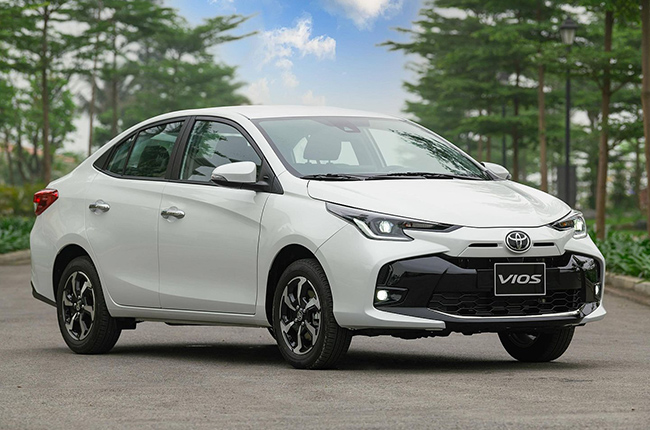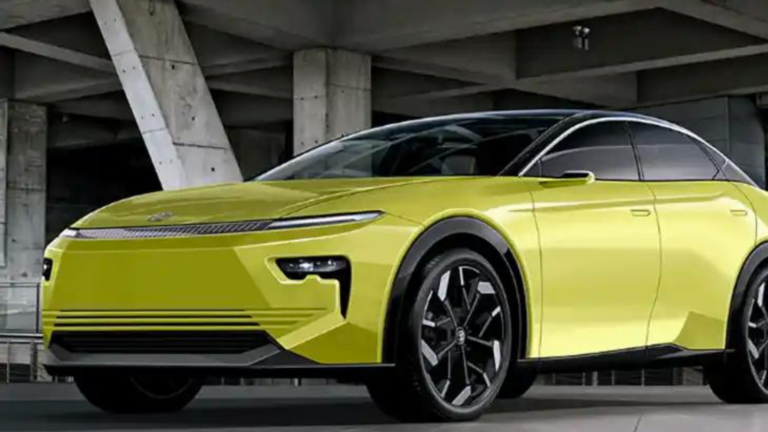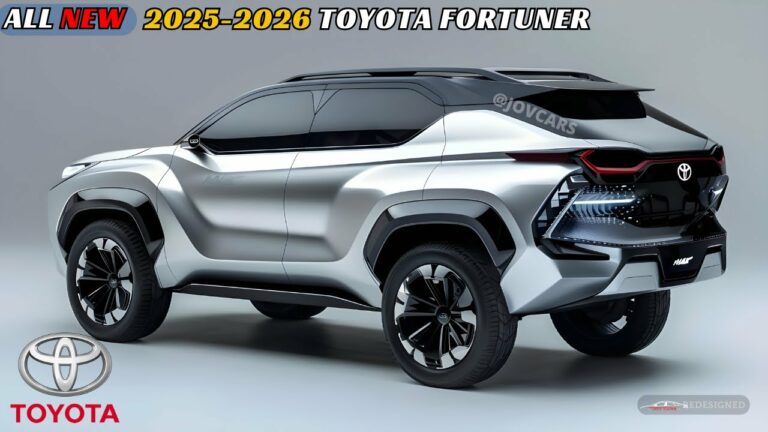2026 Toyota Rumion Price
Financing Options

When it comes to financing your new Toyota Rumion, there are a few different options available to you. You can choose between traditional bank loans, dealership financing, or leasing. Each option has its own pros and cons, so it’s important to compare them carefully before making a decision.
Traditional bank loans are typically the most affordable option, but they can also be the most difficult to qualify for. Dealership financing is often more convenient, but it can be more expensive than a bank loan. Leasing is a good option if you don’t want to own the car at the end of the lease term. However, it can be more expensive than buying the car outright.
Loan Types
There are two main types of loans available for financing a car: secured loans and unsecured loans. Secured loans are backed by collateral, such as your car. Unsecured loans are not backed by collateral, so they typically have higher interest rates.
Interest Rates
The interest rate on your loan will determine how much you pay in interest over the life of the loan. Interest rates vary depending on your credit score, the loan term, and the type of loan you choose.
Payment Terms
The payment term on your loan will determine how long you have to repay the loan. Payment terms typically range from 24 to 84 months. The shorter the payment term, the higher your monthly payments will be. However, you will also pay less interest over the life of the loan.
Impact of Financing on Monthly Cost of Ownership
The financing option you choose will have a significant impact on your monthly cost of ownership. A higher interest rate or a longer loan term will result in higher monthly payments. It’s important to factor in the cost of financing when budgeting for your new car.
Residual Value and Depreciation

Estimating the residual value of the 2026 Toyota Rumion is crucial for long-term ownership costs. Residual value refers to the projected value of a vehicle at the end of its lease or loan term. Depreciation, on the other hand, measures the decline in a vehicle’s value over time.
Based on historical data and industry trends, the Toyota Rumion is expected to retain a relatively high residual value. This is due to its reputation for reliability, durability, and fuel efficiency. Depreciation rates are likely to be moderate, with the vehicle losing approximately 30-40% of its original value after three years of ownership.
Implications for Long-Term Ownership Costs
The residual value and depreciation rates of the 2026 Toyota Rumion have significant implications for long-term ownership costs. A higher residual value means that the vehicle will be worth more at the end of its lease or loan term, reducing the overall cost of ownership. Conversely, a lower residual value will result in higher depreciation expenses, increasing the total cost of ownership.
When considering long-term ownership costs, it is important to factor in not only the purchase price of the vehicle but also its potential residual value and depreciation rates. This will help you make an informed decision about whether the Toyota Rumion is the right vehicle for your financial situation and driving needs.
FAQ
What is the expected price range for the 2026 Toyota Rumion?
The expected price range for the 2026 Toyota Rumion is between $25,000 and $35,000, depending on the trim level and features.
How does the price of the 2026 Toyota Rumion compare to its competitors?
The 2026 Toyota Rumion is expected to be priced competitively against its rivals in the compact MPV segment, such as the Honda Odyssey and Kia Carnival.
What factors could influence the price of the 2026 Toyota Rumion?
Factors that could influence the price of the 2026 Toyota Rumion include the cost of materials, production costs, and market demand.
What are the financing options available for the 2026 Toyota Rumion?
Financing options for the 2026 Toyota Rumion may include traditional loans, lease agreements, and Toyota’s own financing programs.



